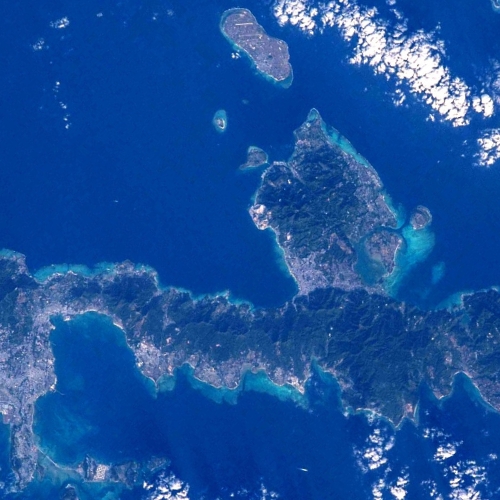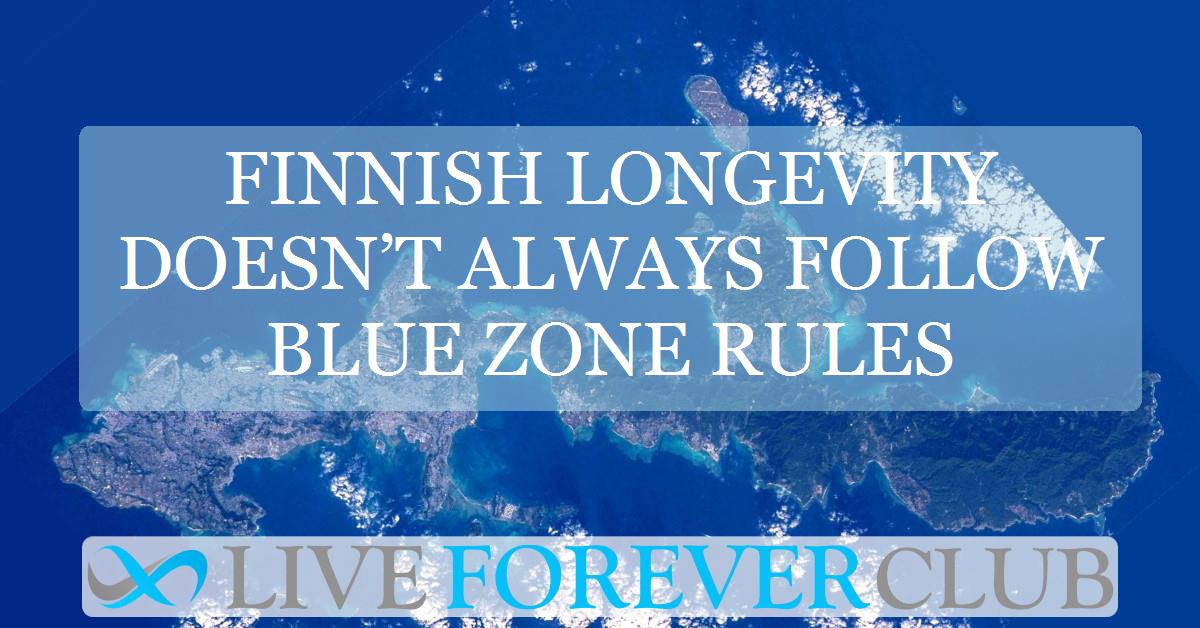Key points from article :
Researchers have long studied so-called Blue Zones—places like Okinawa in Japan or Ikaria in Greece—where people live unusually long lives. A new study now looks at four regions in Western Finland: Swedish-speaking Ostrobothnia, Finnish-speaking Ostrobothnia, Åland, and South Ostrobothnia. The researchers wanted to know if the Blue Zone lifestyle, which includes healthy food, social connection, physical activity, and a sense of purpose, also explains Finnish longevity.
Using survey data collected in 2021 and 2022, the team examined how lifestyle, health, and lifespan connect in these regions. They found that Swedish-speaking Ostrobothnia checked most Blue Zone boxes. People there had long life expectancy, reported good health, and tended to live in ways consistent with Blue Zone principles.
Surprisingly, Åland had the longest-lived population overall but did not fit the Blue Zone model. Instead, residents scored high on environmental agreeableness and health, suggesting other cultural or social factors may be at play.
By contrast, South Ostrobothnia followed the lifestyle patterns but had poor health and shorter lifespans, raising questions about how context shapes outcomes. The research, led by Åbo Akademi University and published in the Journal of Aging Research, highlights that longevity cannot be explained by lifestyle alone.





